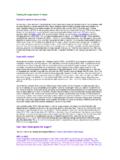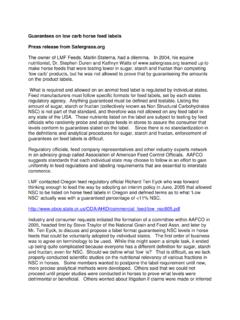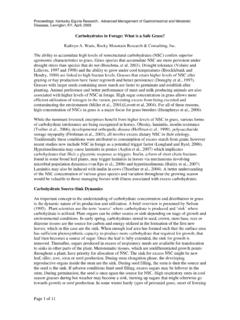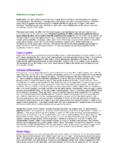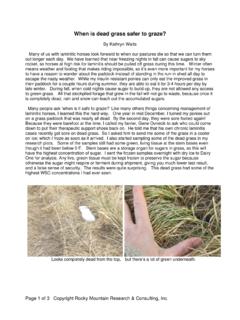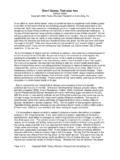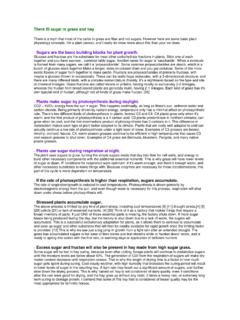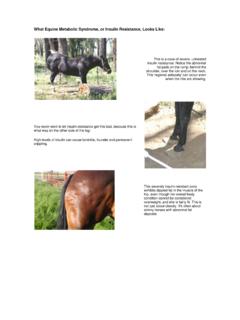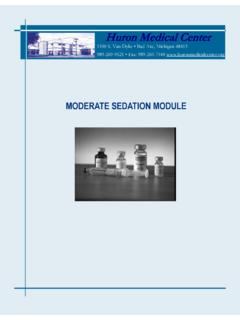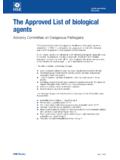Transcription of The signs of laminitis Very mild laminitis: Moderate Laminitis
1 The signs of Laminitis A good overview of what Laminitis is: Please get your vet and farrier to help with diagnosis. Onset of laminitic symptoms with a dietary cause usually appear within 24-48 hours from the change in diet. The scope of this website does not adequately address first aid and proper veterinary care. But as not all vets and farriers are created equal, here are some important features of a comprehensive plan action. Laminitis does not always progress to founder with proper prevention and treatment, but your team, which includes you, your farrier and your vet, must act now. Here is what we owners need to watch for: Very mild Laminitis : signs may be very subtle. Horse may be perfectly normal at walk. Horse who usually canters out to paddock only trots. Horse who usually trots like a dressage horse starts jogging like Western Pleasure Horse. Horse trots big on soft ground, but is short strided on hard ground. Horse may be slightly off at trot in hand only in one direction, usually with the more sore foot to the inside.
2 Horse may not bend inside as well under saddle to the side with the more sore front foot. Mild Laminitis may be mistaken for arthritis, or laziness. They just don t move out like they normally do. More careful about where they put their feet. They will not want to put torque on their front feet. They may resist pivoting on the front feet, and rather carefully step around sideways. This is a lot more evident on concrete, and I ve made a habit of watching how my horses maneuver when placing them in cross ties for tacking up. Many of these problems will disappear on good, soft footing, but don t assume this will fix the problem. If there is any chance that your horse is exhibiting mild Laminitis , don t do more than walk on good footing. Avoid lunging, which puts more torque on the feet. If it hurts, don t do it. You may or may not feel heat in the feet and/or a stronger pulse from the artery on the inside of the pastern. You may or may not get a reaction from hoof testers.
3 Be on guard for worsening of symptoms. Moderate Laminitis : Horse is moving carefully at walk. You may get them to trot with urging, but it will be a shorter stride, they may bob their head a little, especially if one foot is more sore than the other. Watch for a change in the way they put their feet down. In an effort to stay off their sore toes, they may flip their feet up, exaggerating landing on their heels. Horse refuses to pivot on front feet, may freeze up if turned sharply sideways. Horse seeks out softest footing to hang out on. May lay down more than usual. You may feel heat or bounding pulse in the digital artery. Call a vet and hoof care specialist who has expertise in treatment of Laminitis . This is a medical emergency. Get support for the boney column inside the foot, to limit rotation of the coffin bone. This can be accomplished by blue construction Styrofoam, Lilly pads, or until you get something better, a roll of gauze taped to the frog with duct tape.
4 Administration of an anti-inflammatory such as bute may help at this stage. NEVER force exercise on a horse with pain killing drugs in their system. One dose can last a couple days. Many Laminitis experts agree with me that any horse should be confined in deep supportive bedding while on short-term pain killing drugs. They can do more damage to their feet by walking on them with pain deadened. Icing of the feet may be helpful for the first 48 hours after the insult that causes the episode, but by the time Laminitis is already noticeable, it's probably too late to do any good. Severe Laminitis : There s no way to miss this. Horse refuses to move. May walk only with urging, and then steps are small, stiff legged, and very careful. Horse may adopt classic Laminitis stance, with hind feet up under the belly, and rocked back to keep weight off the toes and more on the heels. Horse may be down a lot. DO NOT make them get up, unless you have to get them back to the stable from pasture.
5 Then take a horse trailer, tape frog support to the front feet immediately, and don t make them walk any farther than necessary. Bed deeply and encourage them to stay off their feet. Gravity is the enemy. If your vet wants you to take a severely laminitic horse to the clinic for treatment, get a different vet who will come to your farm. Rotation of the coffin bone usually occurs early in the laminitic episode. Prevention of rotation (founder) should be your primary concern. Place food where they can reach it laying down, and offer a bowl of water frequently. Keep a buddy close by to limit stress and so they will be comfortable lying down. Your vet and farrier will need to be consulted frequently. Don t offer any feed with sugar +starch more than 10% (dry matter basis). This includes all grain, concentrates, green grass, carrots, apples, or rich hay. Not EVEN a handful. Copyright Rocky Mountain Research & Consulting, Inc.
